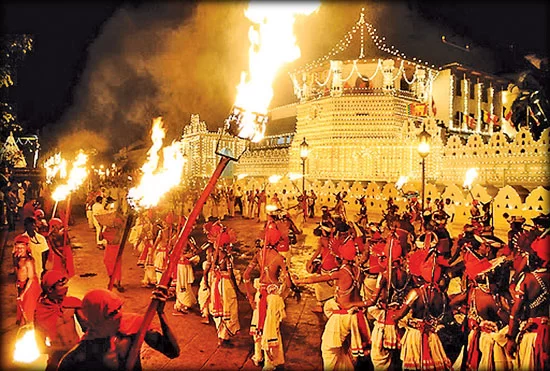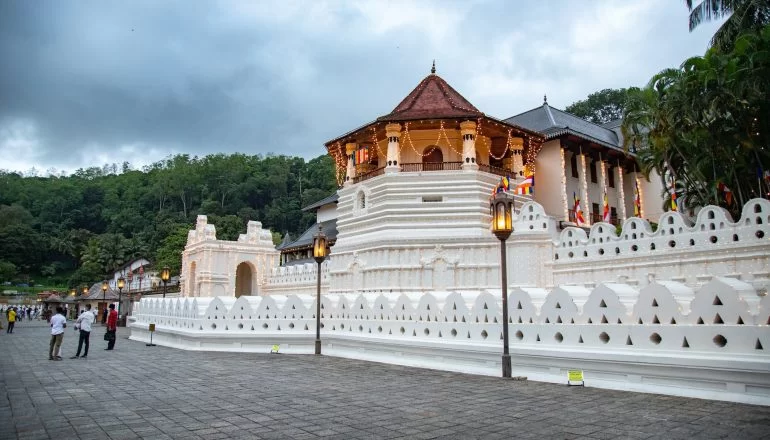Exploring the Portuguese Influence in Sri Lanka: A Journey Through History
- 1. Portuguese Heritage in Sri Lanka
- 2. Key Historical Landmarks to Visit
- 3. Personal Experience: A Traveler's Perspective
- 4. The Modern-Day Influence of Portuguese Culture
- 5. Planning Your Trip to Sri Lanka: Exploring Portuguese Influence
1. Portuguese Heritage in Sri Lanka
The Portuguese influence on Sri Lanka dates back to the early 16th century when they first arrived on the island. Their colonial presence lasted for over a century, from 1505 to 1658, during which time they left an indelible mark on the island’s culture, architecture, and daily life. Although the Portuguese no longer have a political presence in Sri Lanka, their legacy is still visible today through numerous landmarks and cultural practices.
2. Key Historical Landmarks to Visit
Sri Lanka boasts several sites where the Portuguese colonial influence is most evident. The town of Galle, with its well-preserved colonial architecture, is perhaps the most famous. The Galle Fort, a UNESCO World Heritage site, is a stunning example of Portuguese architectural heritage that was later modified by the Dutch. Another notable location is Colombo, where you can explore the old Portuguese fort area, and the St. Thomas Church, built during Portuguese times, stands as a testament to the colonial period.
3. Personal Experience: A Traveler's Perspective
During my recent trip to Sri Lanka, I had the unique opportunity to visit some of these historical landmarks. Walking through the narrow streets of Galle Fort, I could almost feel the whispers of history as I passed by the old stone walls, some of which were constructed by the Portuguese. The architecture—mixing European and local styles—felt like a living museum. One of the most striking features was the blend of Portuguese, Dutch, and British influences, showing how different colonial powers have shaped the island’s identity.
In Colombo, I also visited the St. Thomas Church. The atmosphere was serene, and it was hard not to imagine what life was like centuries ago when the Portuguese first arrived. The church’s historical importance became even more tangible when I learned how it had withstood centuries of colonial rule.
4. The Modern-Day Influence of Portuguese Culture
While much of Sri Lanka’s Portuguese legacy has been blended with later colonial influences, traces of Portuguese culture remain in the island’s food, language, and customs. Many Sri Lankans still speak a form of Creole Portuguese, particularly in coastal areas. The influence can also be seen in the cuisine, where Portuguese dishes like "Bacalhau" (salted cod) have been adapted into Sri Lankan cooking traditions. The fusion of Portuguese and local cultures provides a rich and diverse experience for modern travelers.
5. Planning Your Trip to Sri Lanka: Exploring Portuguese Influence
If you’re a history enthusiast or someone looking to delve deeper into Sri Lanka’s rich colonial past, exploring the Portuguese influence should be on your itinerary. Sri Lanka offers not only stunning beaches and natural beauty but also a fascinating historical journey through its colonial past. Make sure to visit Galle, Colombo, and other key locations to fully appreciate the Portuguese legacy.
Book your journey with Tamil Travel Lanka and embark on a discovery of Sri Lanka's vibrant colonial heritage, where the past and present blend seamlessly.






